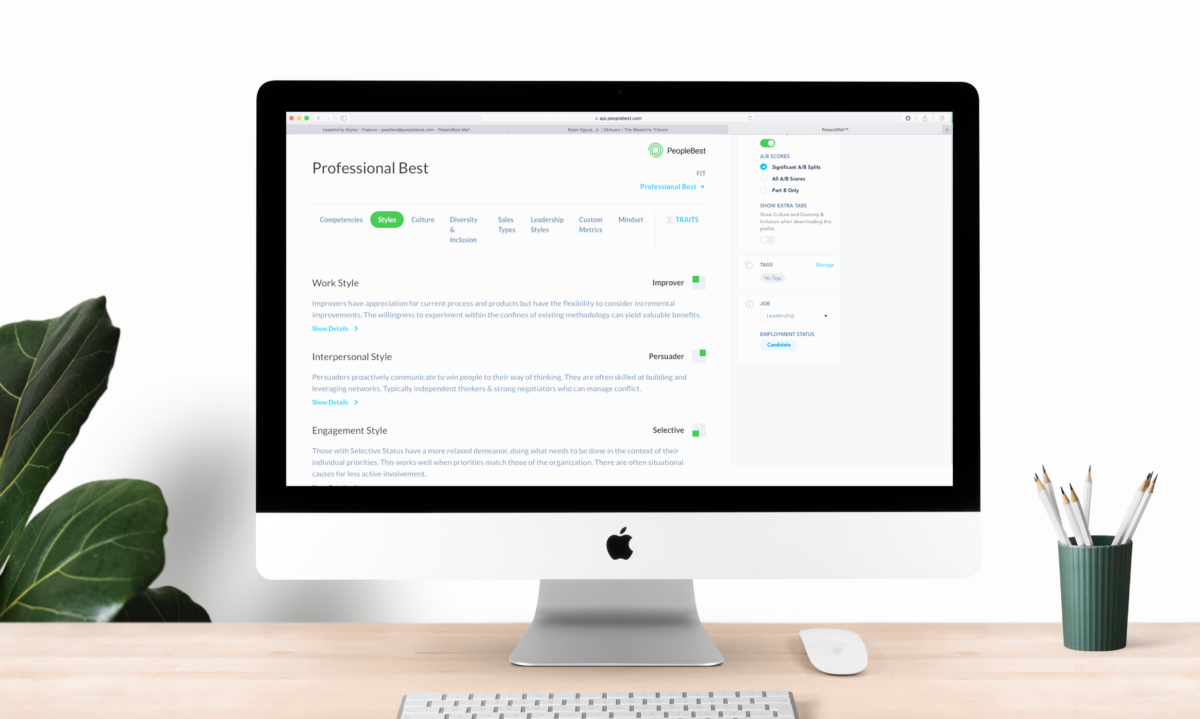High-profile employers are making headlines as they decide whether to call workers back to the office or leave them at home. Remote work is no longer an option at SpaceX, for instance, after Elon Musk ordered employees to spend a minimum of 40 hours in the office each week. The co-founder and CEO of Yelp, Jeremy Stoppelman, took a different direction. His company shuttered several offices around the U.S. in an effort to “double down” on remote work.
Many, many other business leaders will make decisions about work arrangements that won’t get picked up by the press. But that doesn’t make them any less important. As executives, HR teams, and managers meet to discuss whether extended remote work is a viable option, they need to make sure they’re working with all the facts. Behavior data provides leaders the insight they need to determine each worker’s preparedness for remote work.
Workers equipped to work from home possess a blend of skills that position them to be successful away from the office. When discussing your team’s remote productivity potential, consider these three skills:
Takes Initiative
Workers who take initiative feel empowered to make decisions and initiate action — all without being told. These workers generate objectives for themselves or in tandem with managers and do what it takes to achieve them.
Results driven
Guided by their objectives, results-driven workers don’t waver from their commitments. If they’re required to produce results, they step up, at times directing the efforts of others, even when they’re in individual contributor positions.
Works independently
Workers who are strong in independence feel more productive working in the silence of solace than they do against the din of office chit chat. They find it easy to maintain objectivity and focus on the tasks at hand. They are comfortable proceeding with work without much input or direction from others.
PeopleBest measures these skills and more to develop a work from home profile — a set of skills that will measure a workers’ proclivity for remote and hybrid work. Our ‘Work from Home’ model can also be tailored to an organization providing a precise “code of success” for remote workers. A group of employees take the assessment, relevant performance metrics are provided and correlated with the aggregate behavior scores. The outcomes include setting desired score ranges reflecting high performance and the custom assessment is used in the hiring process with candidates or when evaluating employees for internal moves.
To find out how PeopleBest can serve your team, book a demo and set up a time to chat with one of our specialists.
PeopleBest is a revolutionary, simple and powerful way to capture the exact ‘DNA of success’ inside people, teams and companies











